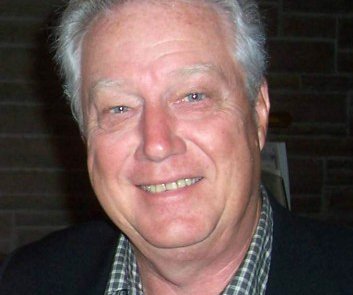There have been a lot of calls lately with people concerned about pine wilt and the health of their trees. Pine wilt is a serious issue if you have Scottish or Austrian pines. I found a quick article from the K-State Horticulture department that explains pine wilt and a few options that may protect your trees. As always, if you have any questions, please call or come by the office.
This is the time of year that we see an increase in pine wilt symptoms. However, this year is worse than normal due to the stress from the extreme drought from late last fall through much of this summer. Though sometimes detected in white pine and Loblolly pine, Scots pine, and to a lesser extent, Austrian pine, are the primary hosts. Needles on affected trees initially turn a dull gray-green. In most cases, the foliage on the entire tree is affected at the same time, although sometimes you will see individual branches affected first. As pine wilt progresses, the needles turn from dull green to brown and remain attached to the tree. The color change normally occurs within a couple of weeks but occasionally may be stretched out over several months. Eventually, the tree dies.
This year, we may see pines appear to die from pine wilt but may simply succumb to environmental stress. Regardless, any tree in which the twigs become brittle, is dead.
Trees with pine wilt cannot be saved. Any tree suspected of having this disease should be cut at ground level and removed from the site. Do not save the wood for firewood because it serves as a breeding ground for the pine sawyer insect. Diseased trees may be chipped, but compost the chips for several months before using them in the landscape. Currently, there are no chemical controls that will cure pine wilt in an already infected tree. However, we do have a couple of products that are partially effective as preventative injections. Greyhound and Pinetect both resulted in an 80 to 90 percent survival rate as opposed to 40 to 50 percent in untreated trees.
The beetles that carry this disease are attracted to stressed trees. Watering during dry periods can help prevent infections.
Alicia Boor is the Agriculture and Natural Resources agent with K-State Research and Extension – Cottonwood District. Contact her by email at aboor@ksu.edu or call 620-793-1910.





